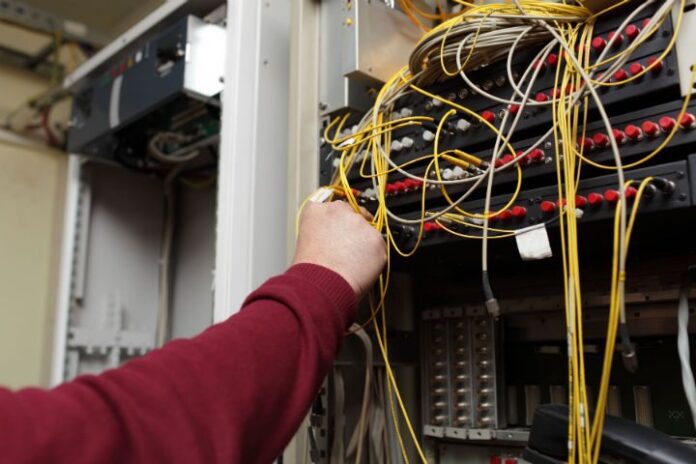FCC broadband report claims cable, fiber offer faster broadband options, DSL lags
Cable and fiber connections continue to outpace advertised broadband speeds provided by digital subscriber line services, according to a new report from the Federal Communications Commission.
The FCC in its fifth “Measuring Broadband America” report found overall download speeds across all technologies improved year-over-year between Sept. 2013 and Sept. 2014, and service providers were generally “delivering actual speeds that meet or exceed advertised speeds.” But, the report noted an increase in speed differences between DSL-based services and those provided over cable and fiber connections.
Specifically, the FCC report found average download speeds regardless of technology increased from 37.2 megabits per second in 2013 to 72 Mbps in 2014. The government agency cited increased use of new “enabling technologies” like data over cable service interface specifications 3.0, which helped push advertised cable-based download speeds up from a maximum of 20 Mbps in 2013 to 105 Mbps in 2014.
DSL customers were not as fortunate, as the FCC found average DSL speeds have remained “largely stagnant since 2011, with most DSL providers offering maximum download rates of 12 Mbps or less.” DSL providers were also dinged as most likely to advertise speeds that were often faster than what were seen by consumers.
The FCC report also noted consumers were enticed by higher-speed options, with a greater percentage of consumers surveyed stating their migration to advertised download speeds of between 15 and 30 Mbps compared with a lower percentage to those offered download speeds of less than 15 Mbps.
The FCC recently released its 18th “Annual Report and Analysis of Competitive Market Conditions with Respect to Mobile Wireless, Including Commercial Mobile Services,” which failed to make a formal declaration in regards to the competitiveness of the mobile telecom space.
Clouding the issue for the FCC has been increased consumer options in terms of their mobile telecom needs, including the continued use of over-the-top services taking advantage of mobile broadband connections.
“Given the complexity of the various interrelated segments and services within the mobile wireless ecosystem, any single conclusion regarding the effectiveness of competition would be incomplete and possibly misleading in light of the complexities we observe,” the FCC stated.
Bored? Why not follow me on Twitter

